Femmes fatales are naturally nocturnal and enjoy night-time carousing almost as much as they love spending a hefty pile of cold, hard cash. But there are exceptions to that rule.
For example, the Sunday jazz brunch at the Lighthouse Café in Hermosa Beach provides plenty of reasons to be up early-ish on a weekend morning. The event, which runs from 10 am to 2 pm, features classic songs (think Cole Porter, Irving Berlin, George and Ira Gershwin) and attracts first-rate performers, such as vocalist Lia Booth and guitarist Miles Jensen.
Sporting Bettie Page bangs and retro specs, classically trained Booth makes each song her own with singular phrasing and Jensen gives a lithe grace to every chord he plays. Most of the songs are audience requests and patrons are encouraged to try to stump the versatile chanteuse.
While jotting down your requests, you can nosh on great brunch fare. Treat yourself to the irresistibly decadent fry up (eggs, hashbrowns, bacon, sausage and toast) or the more demure yogurt and fresh fruit. The raspberry daiquiri pairs remarkably well with both, or go for a savory note and sip a classic Bloody Mary.
To be sure, performers Booth and Jensen follow in some mighty big footsteps. The Lighthouse Café celebrated its 75th anniversary this summer and has long been known as a ballast of bebop and a hot spot for cool jazz, showcasing legendary musicians like Dizzy Gillespie, Miles Davis and Chet Baker.
In the early days, bassist/band leader/club manager Howard Rumsey put together a house band called the Lighthouse All-Stars, frequently playing with guest musicians. Many artists recorded at the café as well.
Current owner Josh Royal recently told the Daily Breeze he aims to keep the old-school vibe and maintain the café as a live music venue. Besides the brunch, the café hosts a jazz jam session on Monday nights. Royal and his partners took over in 2021. Previously, Paul Hennessey had owned the place for about 40 years.

The neon sign is a nod to the 2016 movie, “La La Land” and its iconic scenes that were shot at the Lighthouse café.
And Musicians aren’t the only ones who are drawn to the historic café. The Lighthouse earned a cinematic claim to fame when it was selected as a location for “La La Land” (2016, Damien Chazelle), starring Emma Stone and Ryan Gosling (pictured below), which won the best Picture Oscar in 2017. Filming took place over four days in late summer, 2015. There is a neon sign that pays tribute to the popular flick; it reads: “Here’s to the fools who dream.”
Vocalist Lia Booth and guitarist Miles Jensen will play on Sunday, Sept. 15, from 10 am to 2 pm. The Lighthouse Café is located at 30 Pier Ave., Hermosa Beach, CA 90254. Ryan Gosling may or may not be in attendance.


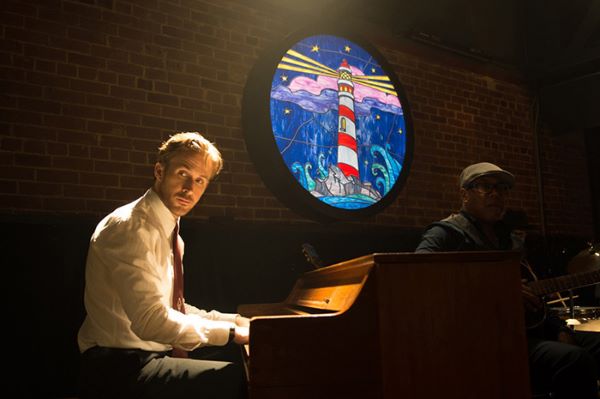
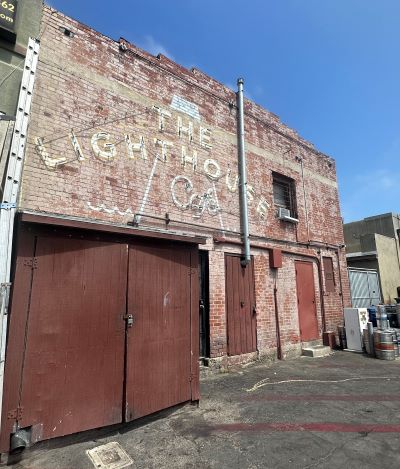





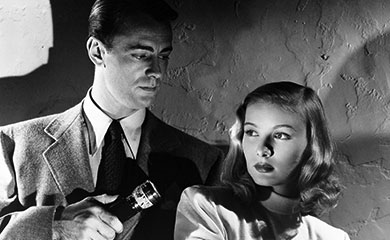
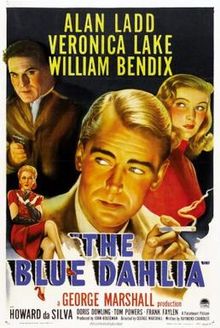
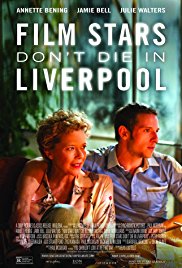


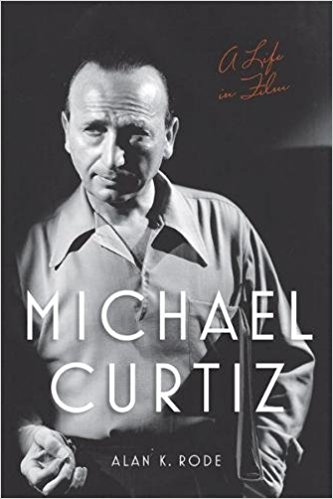

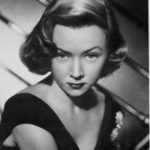

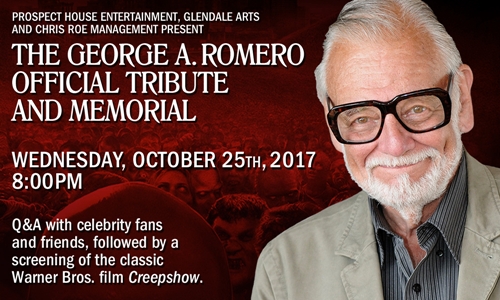

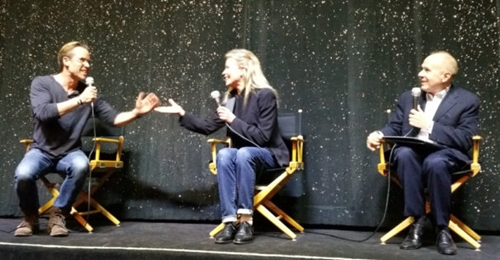
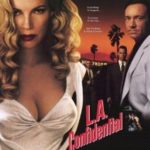
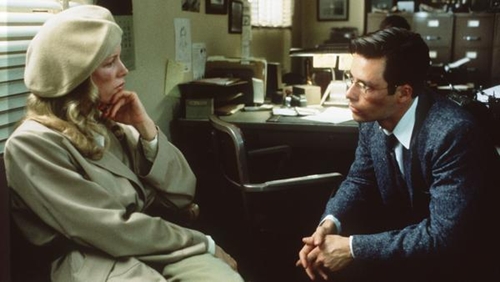
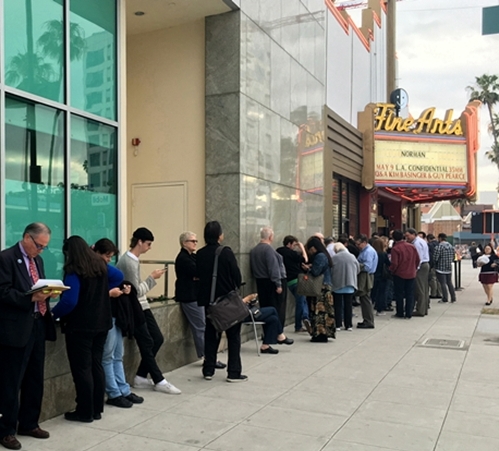
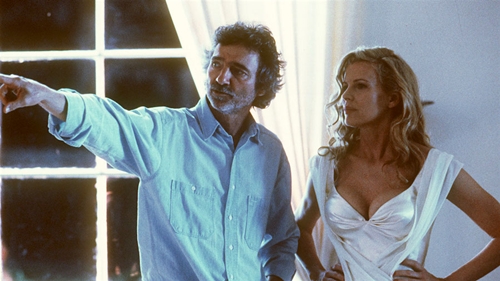
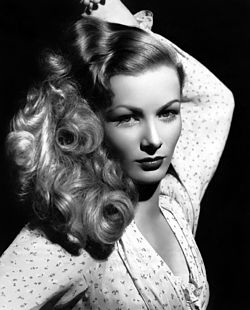
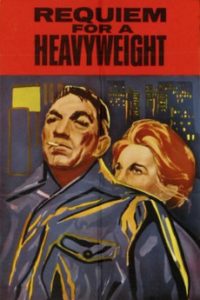
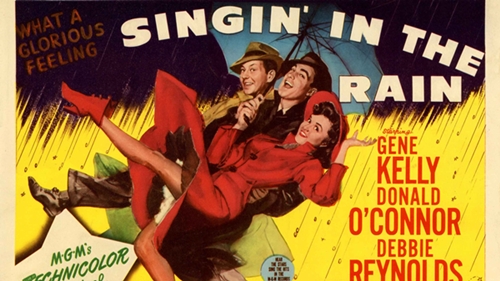
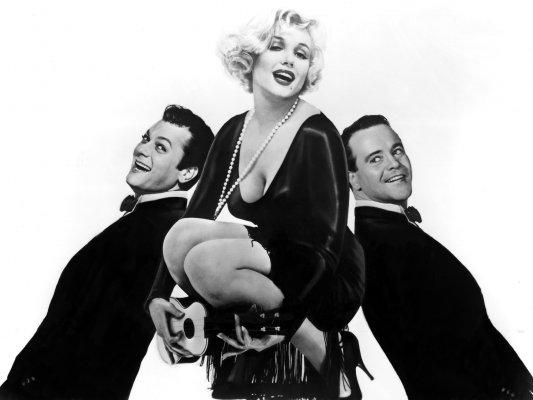
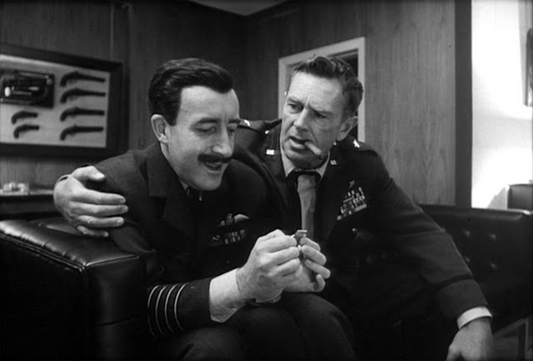






From FNB readers